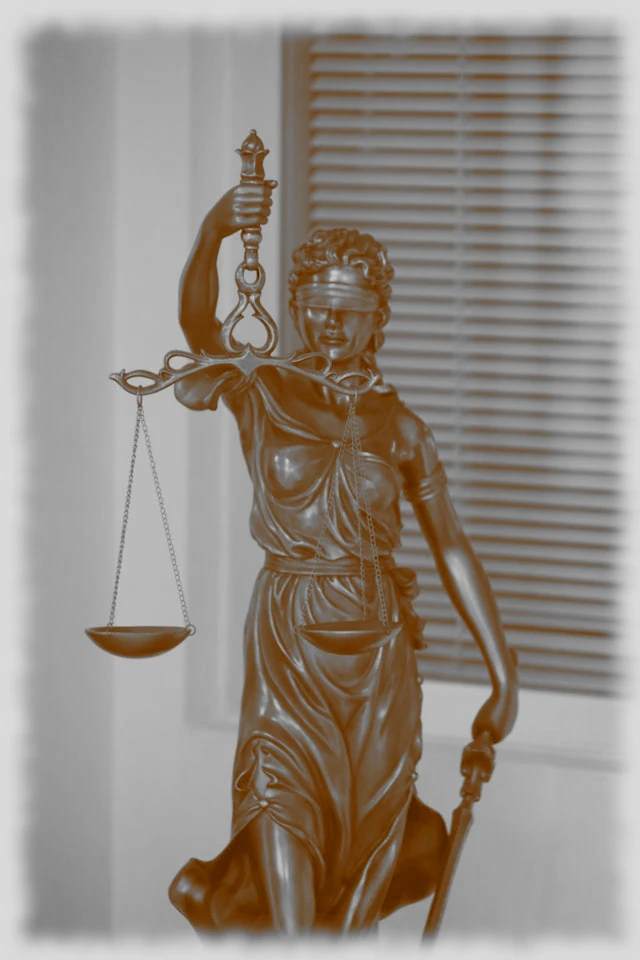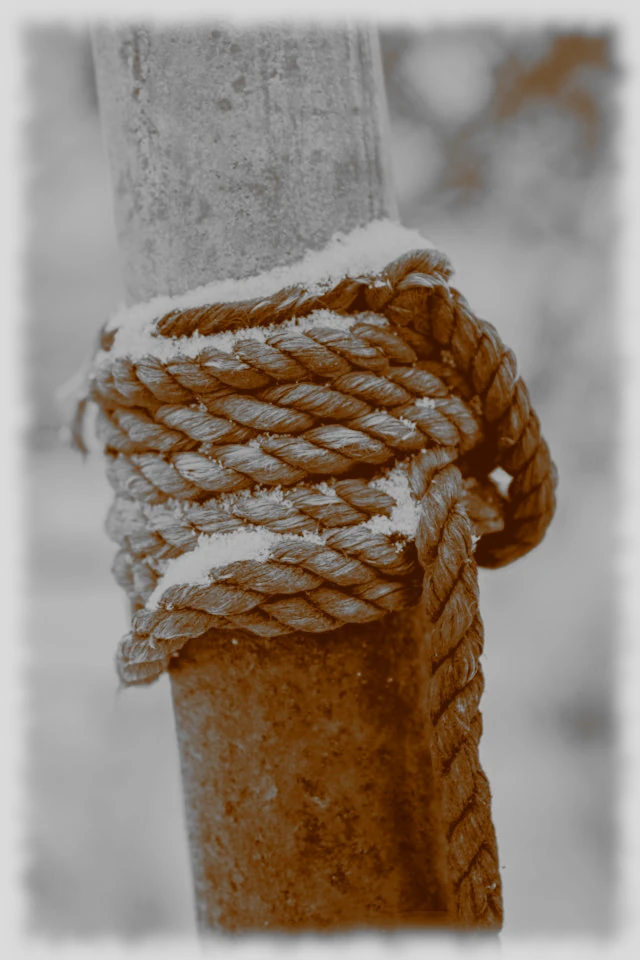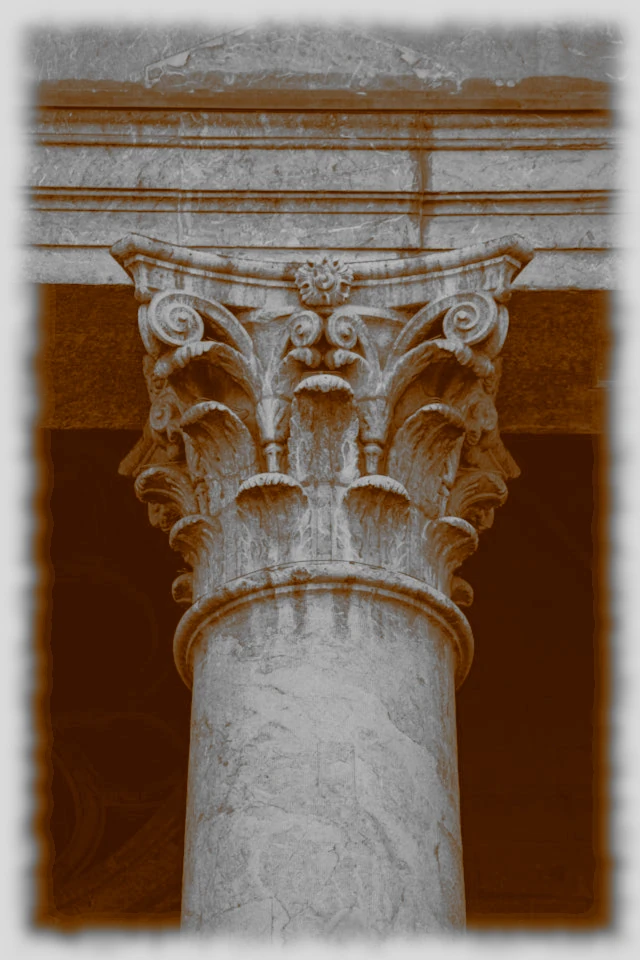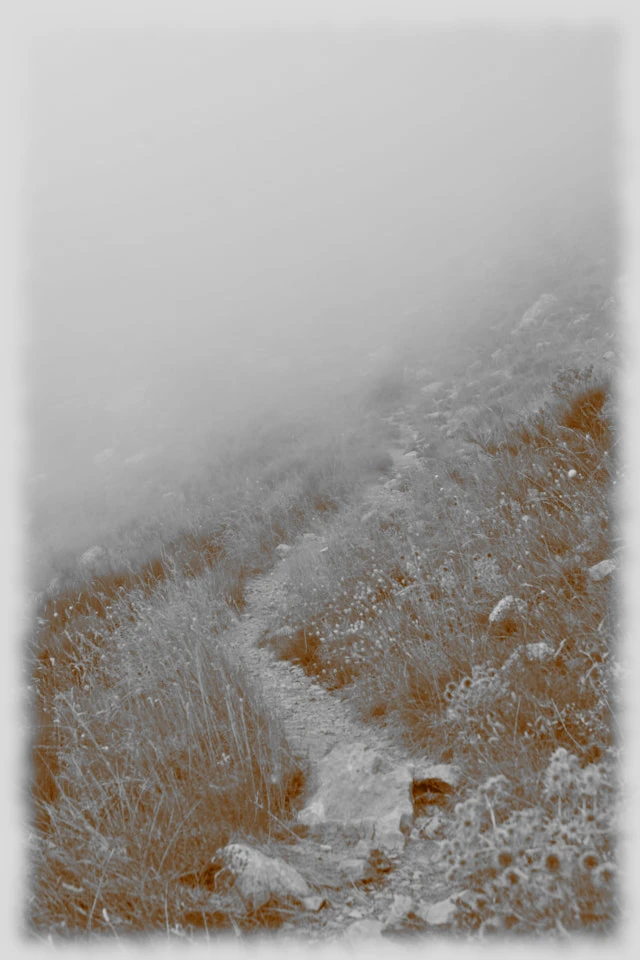- Rosary
- Sorrowful Mysteries
- The Scourging at the Pillar
The Scourging at the Pillar
What is Scourging?
Scourging is a form of punishment or torture that involves whipping or beating an individual, often with a whip or a similar instrument. Historically, it has been used in various cultures and contexts, from ancient times to modern practices, as a method of inflicting pain and humiliation.
In the context of the Roman Empire, scourging was commonly used as a prelude to crucifixion, serving both as a means of punishment and a deterrent to others. The act is characterized by the severe physical pain inflicted on the victim, which can result in serious injuries, including lacerations, bruising, and even death.
In a religious context, scourging is notably associated with the Passion of Christ, where it is depicted as part of the suffering endured by Jesus before his crucifixion. This event is significant in Christian theology, symbolizing the sacrifice and redemption offered through suffering.
The imagery of scourging has also permeated art and literature, often serving as a poignant reminder of human cruelty and the capacity for suffering. Overall, scourging reflects broader themes of punishment, justice, and the moral implications of inflicting pain on others.
The Trial Before Pilate

As dawn broke over Jerusalem, a somber atmosphere enveloped the city. The authorities had bound Jesus, their hands cold with the resolve of betrayal, and delivered him to Pontius Pilate, the Roman governor. The weight of the moment hung heavy in the air, a prelude to the unfolding tragedy.
Pilate, seated on his judgment seat, regarded the man before him with a mixture of curiosity and disdain. “Are you the king of the Jews?” he questioned, his voice echoing in the tense silence. Jesus met his gaze, unwavering, and replied, “Mine is not a kingdom of this world; but yes, I am a king.” His words carried a profound truth, one that transcended earthly power and authority.
“I came into the world for this; to bear witness to the truth; and all who are on the side of truth listen to my voice,” Jesus continued, his tone calm yet resolute. In that moment, he stood as a beacon of hope amid the chaos, embodying the very essence of truth itself.
Pilate, perplexed, scoffed at the notion. “Truth?” he echoed, a hint of skepticism lacing his words. “What is that?” The governor’s dismissal of the profound inquiry reflected the moral ambiguity that surrounded him. Turning away from the prisoner, he addressed the gathered crowd, declaring, “I find no case against him.”
Yet the clamor of the people demanded more. “So I shall have him flogged and then let him go,” Pilate conceded, hoping to appease the restless crowd. With a reluctant nod, he ordered Jesus to be taken away and scourged. The brutal lashes tore through flesh, each strike a cruel reminder of the injustice unfolding.
In this moment of suffering, the prophecy of Isaiah echoed through the ages: “Despised and rejected by men, a man of sorrows.” Jesus bore his pain with humility, embodying the essence of the lamb led to slaughter, enduring the scorn and ridicule without retaliation.
As the whip cracked against his skin, he became the embodiment of sacrifice. “Yet he was pierced through for our faults, crushed for our sins,” the ancient words resonated in the hearts of those who witnessed the scene. The weight of humanity’s transgressions bore down upon him, each wound a testament to the love he held for the world.
Ours were the sufferings he bore, ours the sorrows he carried. In his quiet strength, he transformed agony into grace, offering a glimpse of the profound truth that would soon unfold. On him lay a punishment that brings us peace, and through his wounds, we are healed.
As Pilate washed his hands of the matter, the reality of what was to come loomed large. Jesus stood, a silent testament to the power of love and sacrifice, ready to fulfill the divine purpose for which he had come into the world. In that moment, the seeds of redemption were planted, destined to blossom in the hearts of all who would come to know the truth.
The Scourging at the Pillar

In the dim light of the courtyard, a chilling silence fell over the gathering crowd. Jesus, bound and weary, was led to the pillar, a grim symbol of the brutal punishment that awaited him. The air was thick with anticipation, a palpable tension that hung heavy like a storm cloud ready to burst.
As he was brought forth, the soldiers surrounded him, their faces hardened by duty and disdain. They had been tasked with a cruel ritual, one that would strip away his dignity and inflict unimaginable pain. With rough hands, they secured him to the pillar, the cold stone pressing against his back, a stark contrast to the warmth of the blood that would soon flow.
The first lash cracked through the stillness, a sharp sound that echoed like thunder. The whip, laden with metal and bone, tore into his flesh, ripping through skin and muscle. Jesus winced but did not cry out; instead, he bore the agony with a quiet strength that astonished those who witnessed the scene. Each strike was a reminder of the sins of the world, a burden he willingly accepted for the sake of humanity.
The soldiers, driven by a mix of cruelty and mockery, took turns wielding the whip, their laughter mingling with the cries of the onlookers. They mocked him, taunting him as “King of the Jews,” their jeers ringing in his ears like a cacophony of despair. Yet, through it all, Jesus remained silent, his heart heavy with the weight of their scorn but resolute in his mission.
With every lash, the prophecies of old echoed in the minds of the faithful: “He was despised and rejected by men, a man of sorrows.” The truth of his suffering unfolded as he endured, bearing the pain not just for himself but for each soul that would come after him. In that moment, he became the embodiment of sacrifice, a lamb led to slaughter, fulfilling the ancient promises of redemption.
As the scourging continued, the ground beneath him soaked with blood, a stark reminder of the price of love. “Yet he was pierced through for our faults, crushed for our sins,” the words rang true, resonating in the hearts of those who understood the depth of his sacrifice. Each wound he bore was a testament to the grace he extended, an unyielding love that knew no bounds.
Finally, as the soldiers grew weary, the flogging ceased. Jesus hung limply against the pillar, his body a canvas of bruises and lacerations. Despised and rejected, he bore it all with a humility that transcended human understanding. The punishment he endured was not merely physical; it was a profound act of love that would echo through eternity.
In that moment of anguish, he fulfilled the prophecy: “On him lies a punishment that brings us peace, and through his wounds we are healed.” The scourging at the pillar was not just an act of cruelty but a pivotal moment in the divine narrative of salvation. As he was released from the pillar, the world held its breath, knowing that the greatest act of love was yet to come.
The Scriptural Rosary
They had Jesus bound and handed him over to Pilate. Pilate questioned him, 'Are you the king of the Jews?' Mark 15:1, 2
Jesus replied, 'Mine is not a kingdom of this world; bu yes, I am a king.' John 18:36,37
'I came into the world for this; to bear witness to the truth; and all who are on the side of truth listen to my voice.' John 18:37
'Truth?' said Pilate, 'What is that?'; and with that he went out again to the Jews and said, 'I find no case against him.' John 18:38
'So I shall have him flogged and then let him go.' Pilate then had Jesus taken away and scourged. Lk 23:16 Jn 19:1
Despised and rejected by men, a man of sorrows. Isaiah 53:3
Harshly dealt with, he bore it humbly, like a lamb that is led to the slaughterhouse. Isaiah 53:7
Yet he was pierced through for our faults, crushed for our sins. Isaiah 53:5
Ours were the sufferings he bore, ours the sorrows he carried. Isaiah 53:4
On him lies a punishment that brings us peace, and through his wounds we are healed. Isaiah 53:5
With permission from The Scriptural Rosary book written by Joanne & John Bolger
Published and permission from Christianica (America) Center
The Scourging at the Pillar:
Mary's Presence and Thoughts

As we reflect on the Scourging at the Pillar, we cannot overlook the profound presence of Mary, Jesus' mother. Imagine the depth of her sorrow and compassion as she stood witness to this brutal act. Mary's heart ached with every lash her Son received. Supported by her sister, Mary of Heli, and other grieving women, she remained steadfast, despite the overwhelming pain.
Mary's thoughts during this time were undoubtedly filled with inexpressible grief and love. Picture her groaning feebly, her eyes red from weeping, and stretching out her hands towards Jesus as He was led away. Despite her immense suffering, Mary found the strength to wipe up the sacred blood of Jesus with linen sent by Claudia Procles, a touching act of devotion.
While it is often depicted that Mary and Mary Magdalene used their veils to wipe up Jesus' blood, Claudia Procles, the wife of Pontius Pilate, also played her part in this act of devotion. Claudia, who had a significant dream about Jesus and urged her husband not to condemn Him, felt compelled to offer her support in any way she could. This powerful act of compassion and reverence showcases the deep impact Jesus had on those who encountered Him, even those from unexpected places.
As you read this, take a moment to ponder the immense strength and courage that Mary displayed. How does her unwavering support and compassion inspire you in your own life? Can you find ways to show similar love and devotion to those around you, even in the face of great suffering?
What does Truth mean in your Life

I'm going to create a narrative that will transport you my readers to the ancient Roman court, where Pilate stood before Jesus. There is tension in the air, the murmurs of the crowd, and the heavy burden of authority on Pilate's shoulders. As he faced Jesus, Pilate struggled between political expediency and moral integrity.
Consider the different dimensions of truth.
What does truth mean in our lives?
Are we sometimes indifferent to the deeper truths around us?
How do our beliefs shape our understanding of reality?
Try reflecting on your own experiences. In my experience I have come to realize that people may be telling their truth of a situation. Just as I may be telling my truth.
In fact, there are always three sides to a story, yours, mine and then the truth.
Let's look at Pilate's skepticism to the modern world. In an age of information overload and conflicting narratives, it can be challenging to discern what is true. I urge my readers to cultivate critical thinking, to question the sources of their information, and to be open to diverse perspectives.
How can we put these concepts to action? Let's engage in conversations about truth, to share our thoughts and to seek understanding rather than division. Starting a book club focused on philosophical texts, inviting friends to explore these profound questions together.
I attend a book club now and I find it challenging sometimes to participate because the book club is mixing metaphysical readings, and I am inserting Catholic faith and biblical understanding. But in the end, at least we are having a conversations.
By reflecting on Pilate's question to Jesus, opens a door for me and you to explore our own beliefs and values. In a world where truth can often feel elusive, I hope to inspire others to embark on their own journeys of discovery. It's a universal quest to ponder this question, "What is Truth?"


















